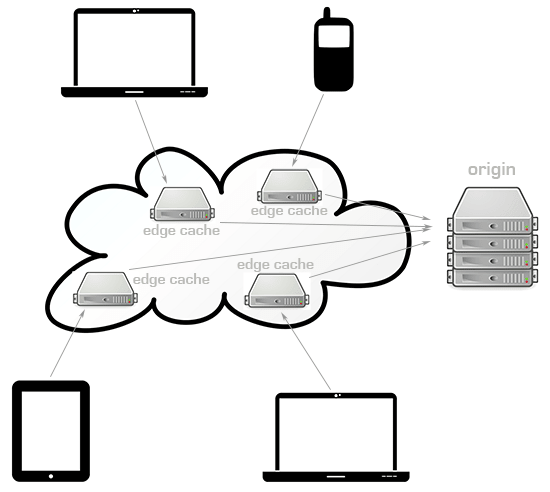CDN network architecture: what my website gets

As today’s needs in the world of technology continue to shift, the demands to deliver quality web data to global users evolve, too. That mentioned, CDN network architecture is called to be sharp, innovative, and cutting-edge all at once. For several entrepreneurs and business owners, this means knowing how CDN works and what it contributes to the overall business is more than important. This helps dictate which CDN hosting providers best meet your website needs against your company budget.
For this particular blog post, we’re discussing the many components and benefits of CDN network architecture.
CDN network architecture: how crucial are all the parts?
Having the right CDN network architecture aids in guaranteeing that website visitors all around the planet consume website content efficiently and at optimized speeds and fashions. Additionally, CDN hosting providers’ Points of Presence (PoPs) fill large shoes in the content delivery equation since the caching methodology largely relies on the effectiveness and dependability of a provider’s servers.
To further appreciate what CDN does for and on the Internet, let’s discuss what content delivery networks are and how CDN works in general.
In its simplest form, a CDN is a bunch of servers calculatedly placed across many regions and countries all over the world with the intent of efficiently distribute web data to users wherever they may be. When content is cached across multiple servers, delivery becomes faster.
With CDN network architecture, there are two ways to optimize web data—at least for many CDN hosting providers; not every provider has both. Terms you’ll hear a lot when you learn how CDN works are Pull Zones and Push Zones.
The main difference between both is immediacy and direct availability of web data in the servers. Whereas with Push Zone, website owners have the option to automatically upload every bit of content to every Point of Presence their CDN hosting provider has before users even request for it, Pull Zone only asks for the web data when a user tries to access a particular web page.
For example, let’s pretend you manage a travel blog with Washington being your web host origin. When your site’s biggest fan from Singapore tries to visit your website, they won’t notice an immediate advantage in speed yet because they’re requesting for your media from the actual web host origin and not their edge server—the server nearest them. Your web data is only stored in their edge once a user makes a request. This is how Pull Zone CDN works. Push Zone, on the other hand, automatically sends your web content immediately to your PoPs after you’ve published it on the web host origin; so even if no user requests for it just yet, it’s already available in servers.
CDN network architecture: What are the advantages?
The whole CDN network architecture provides a wide array of advantages, but reduced latency is what CDN hosting is known for the most. After all, that’s primarily why people resort to CDN in the first place. But as you study the technology even more and understand how CDN works, you’ll realize that CDN hosting does more than just improve your site’s speed. Here are a few more benefits the CDN network architecture enables the internet as a whole:
Dependability and downtime protection
Perhaps one of the best results of improved website speeds is taking a massive load off the web host origin host. This allows for easier scalability when website traffic spikes surge. This is because CDN network architecture is built to manage volumetric bandwidth amounts by delivering sufficient networking capabilities and ample resources. That means more visitors are easily granted access to websites and apps while lessening the risk of the origin host getting overloaded. Because of this, CDN hosting providers up a site’s reliability by making sure it rarely goes offline.
Security is also another important element that’s strengthened when signing up with CDN hosting providers. Because CDN hosting naturally has several servers found in many parts of the globe, providers make sure that these servers are packed with multiple layers of protection to make sure your site’s content isn’t compromised. SSL certificates help a lot, too. Here at belugaCDN, we make use of a myriad of tools to help protect your web data. Our CDN network architecture is designed to prevent digital failures such as DDoS attacks.
All these mentioned, taking the time to learn how CDN works benefits any and every business leader looking to better their customers’ and users’ browsing experience. And we have CDN network technology to thank.
Power-up your Content Delivery
30 Day Free Trial Cancel Anytime